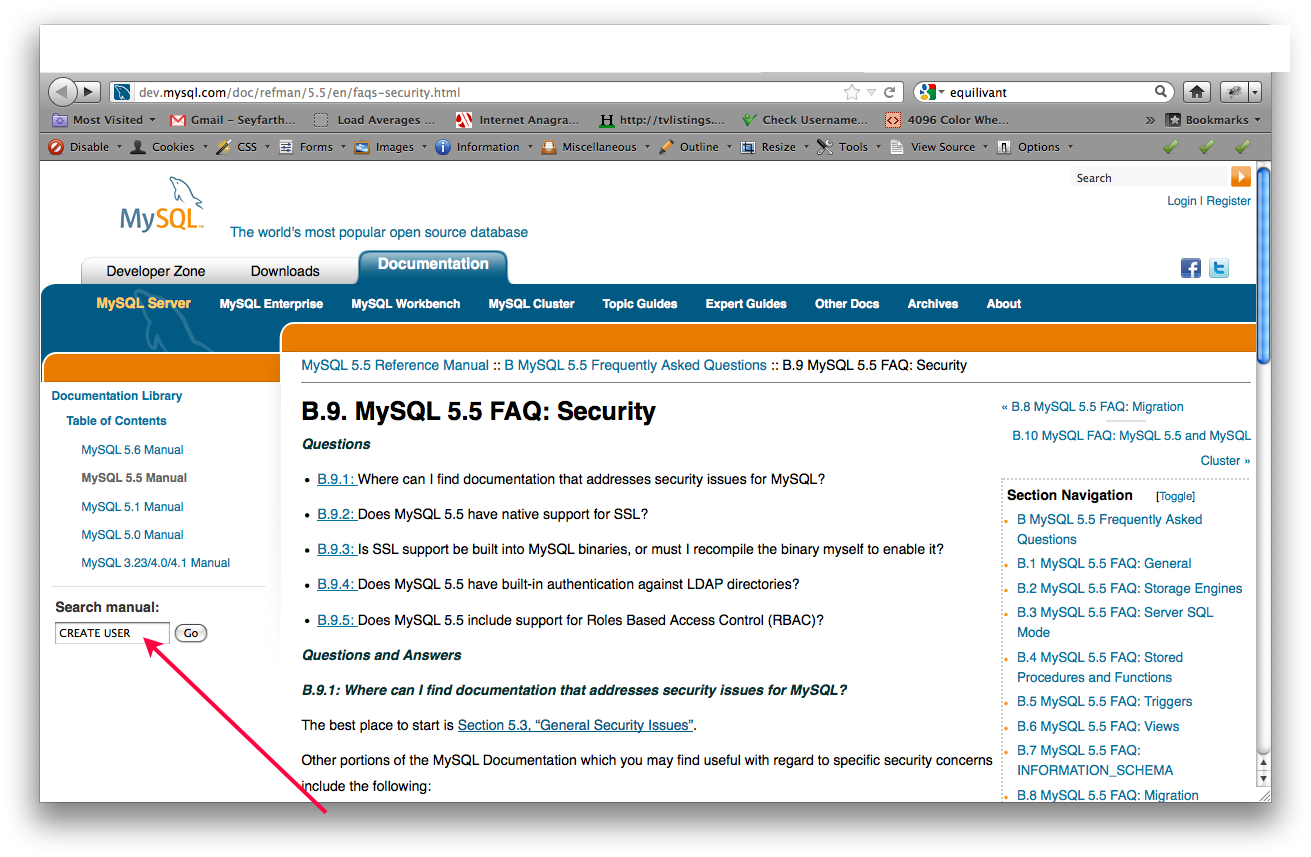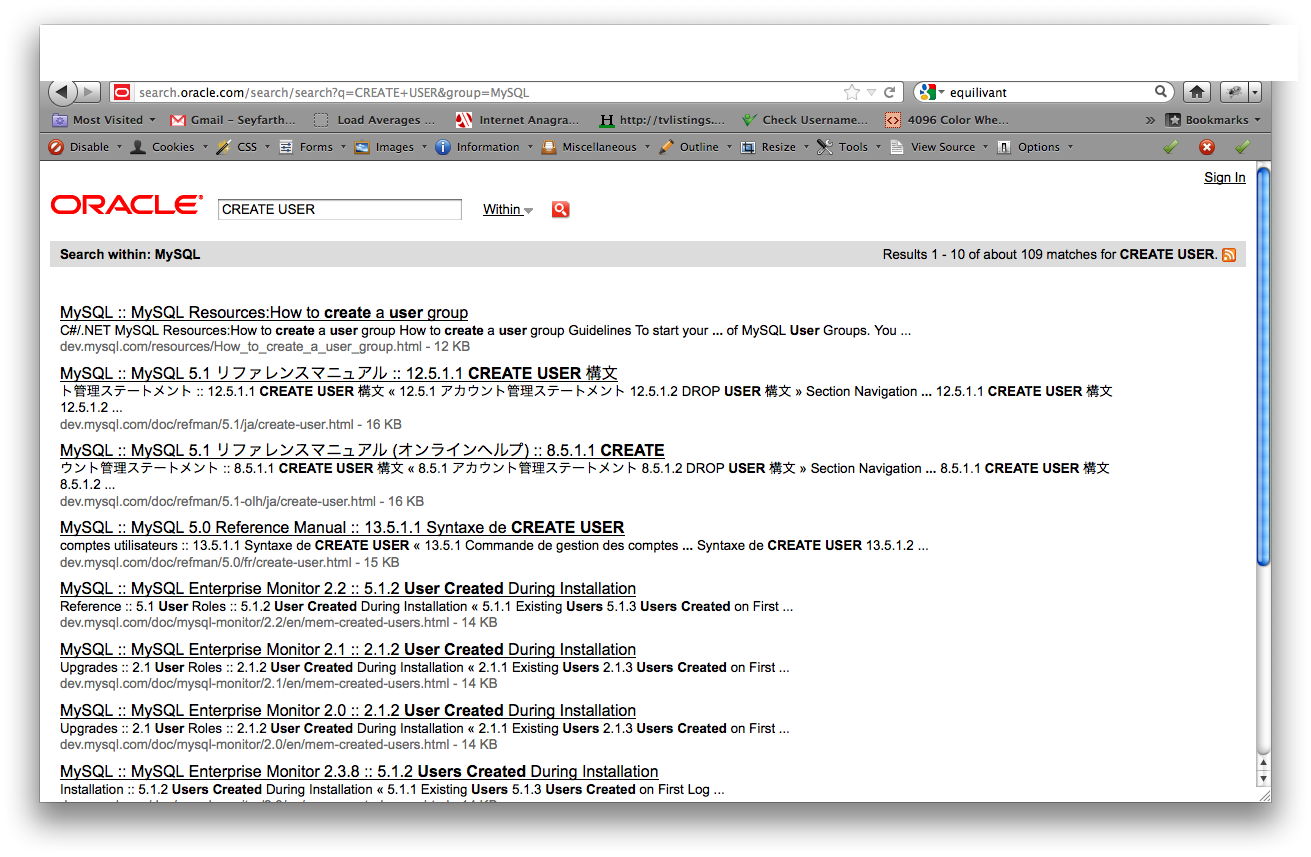On July 4 I gave two presentations at the OTN Tour Day, and on July 5 I have three presentations at the MySQL Training Days. This was my 3rd visit to Colombia and it was great to see a receptive audience. Thanks to Robin for organizing the events in 2010, 2011 and 2012.
You can download all presentations from the provided links.


 More detailed information about EXPLAIN and associated commands is available in book
More detailed information about EXPLAIN and associated commands is available in book 


 Today at the
Today at the 

